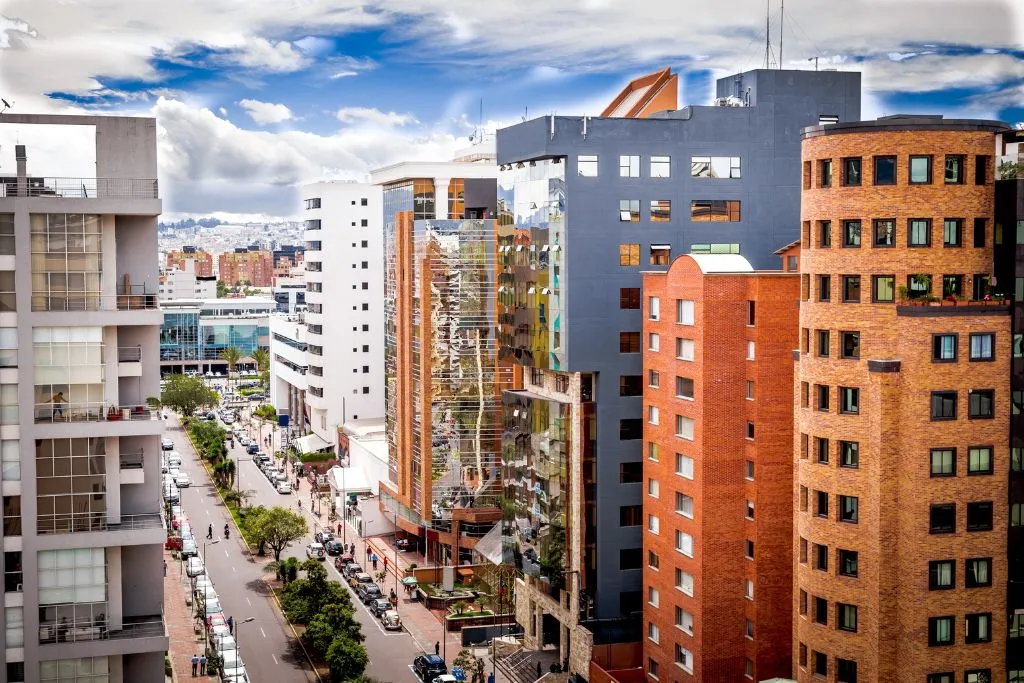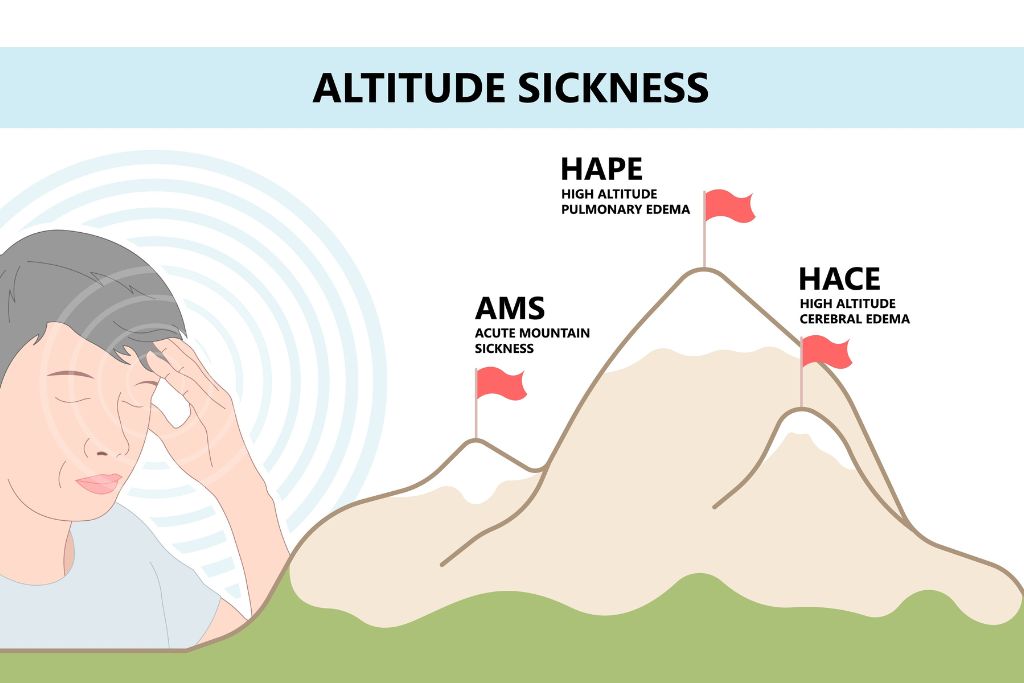Quito Altitude Sickness
Welcome to Quito—You’re Now Way Up There 🏔️

So you’ve just landed in Quito, Ecuador—congrats! You’re standing in one of the highest capital cities in the world, sitting at a wild elevation of 2,850 meters (or 9,350 feet) above sea level.
And if you’re feeling a little dizzy, tired, or like you might puke on your hiking boots… yeah, you’re not alone. That’s altitude sickness knocking at your door. Let me explain.
What Is Altitude Sickness?
Altitude sickness, also known as acute mountain sickness (AMS), is what happens when your body struggles to adjust to the lower oxygen levels at higher elevations. Quito’s not quite Everest, but it’s high enough to mess with your system if you’re not ready for it.
Your body is used to a certain amount of oxygen. The higher you go, the less oxygen there is in the air. Your body basically goes, “Wait, what?!” and starts acting weird.
Why Does Altitude Sickness Happen?
Here’s the deal: at sea level, oxygen is abundant and your lungs are happy. But once you hit elevations above 2,400 meters (like Quito), the air gets thinner.
Let’s visualize it:
| Elevation | Location | Oxygen Level Compared to Sea Level |
|---|---|---|
| Sea Level | Miami, FL | 100% |
| 2,400 m (7,874 ft) | Threshold for altitude sickness | ~75% |
| 2,850 m (9,350 ft) | Quito, Ecuador | ~72% |
| 4,000 m (13,123 ft) | Mount Rainier summit | ~60% |
| 8,848 m (29,029 ft) | Mount Everest summit | ~33% |
Your body doesn’t get the memo right away. It still expects that sweet, full-oxygen cocktail. So until it catches up, you might experience symptoms.
Common Symptoms of Altitude Sickness
- Headache
- Dizziness
- Nausea 🤮 (aka the blow chunks stage)
- Fatigue
- Shortness of breath
- Loss of appetite
- Difficulty sleeping
You might not get all of these, and you might feel them right away—or even a day or two later.
Does Everyone Get Altitude Sickness in Quito?
Nope. Not everyone. Some people are lucky and feel fine, while others feel like a truck hit them just walking up a flight of stairs. There’s no perfect predictor.
When I first arrived in Quito, I was perfectly fine for the first few days and experienced no symptoms of altitude sickness. Even when I hiked towards the Cotopaxi base camp, I was still good and this was at 4,800 meters (15,750 feet) above sea level.
My partner on the other hand, she did not make it so far as she started feeling the symptoms of the higher altitude.
Here’s who will more likely feel altitude sickness:
- People flying directly from sea level
- Folks with heart or lung conditions
- Hikers who try to do too much too soon
- Drinkers (sorry—alcohol and altitude don’t mix well)
- Couch potatoes with zero cardio game 💀
But don’t panic. With a little planning, you can avoid most of the symptoms.
How to Prevent Altitude Sickness in Quito?
Here’s where we get practical. If you want to enjoy your first few days in Quito without blowing chunks all over your AirBnB, follow these tips:
✅ Prevention Tips:
- Take it easy the first 24–48 hours. No volcano climbing on Day 1, okay?
- Drink plenty of water. Hydration helps your body adjust faster.
- Eat light. Big, heavy meals are harder to digest at altitude.
- Avoid alcohol and caffeine. At least for the first day or two. (Yes, it sucks. No, you can’t get around it.)
- Sleep a lot. Your body needs more rest to acclimate.
- Chew coca leaves or drink coca tea. This traditional Andean remedy is totally legal in Ecuador and can help with symptoms.
- Consider altitude pills (acetazolamide). Talk to your doctor before your trip if you’re worried.
When to Worry (Just A Little)

Most cases of altitude sickness in Quito are mild and go away in a day or two. But in rare cases, it can turn into something serious, like:
- HAPE – High Altitude Pulmonary Edema (fluid in your lungs)
- HACE – High Altitude Cerebral Edema (swelling in your brain)
If you’re really struggling to breathe, walking like a drunk person, or your lips are turning blue, get medical help ASAP. There are clinics in Quito that deal with altitude issues regularly.
Fun Fact: Even Olympic Athletes Feel It
Here’s a cool fact: when pro athletes train at high altitudes (like in Ecuador or Colorado), they do it to boost red blood cell production and improve performance when they go back to lower levels.
But even they need a few days to adjust. So don’t feel bad if you’re panting after walking up one hill in La Floresta.
What to Do If You Start Feeling Altitude Sickness
If symptoms hit, don’t panic. Here’s what to do:
Quick Recovery Tips ⚡
- Stop what you’re doing. Sit down and chill.
- Drink water. Seriously, chug it.
- Take ibuprofen or acetaminophen for headache relief.
- Try oxygen supplements. Some pharmacies in Quito sell mini oxygen canisters.
- Rest, rest, and more rest. This isn’t the time to prove how tough you are.
If you don’t feel better in 24–48 hours, it might be time to drop in elevation (for example, head to Mindo or Tena for a bit).
Local Advice from Quito Residents
Locals will tell you that even people born in Quito can feel weird if they’ve been away for a while. It’s not just a tourist thing. Everyone’s body is different.
And don’t be afraid to ask for help—Ecuadorians are incredibly friendly, and they’ve seen their fair share of woozy tourists.
Quito Travel Tip: Use Your First Day as a Chill Day
You don’t need to be hiking Cotopaxi on your first day. Instead:
- Visit Quicentro Shopping Centre and grab some new clothes or hiking gear.
- Grab some fresh fruit juice in the Old Town
- Catch a sunset at El Panecillo (via taxi—not walking uphill 😅)
Ease into the city. You’ll feel way better on day 2 and 3, and then you can start doing all the high-energy stuff.
Final Thoughts: Don’t Let Altitude Ruin Your Adventure
Altitude sickness is real, but it’s also very manageable. With a little planning, some patience, and lots of water, you’ll be just fine. And hey—if you do end up blowing chunks, at least you’ll have a great story for your blog, right?
Quito Altitude Sickness: Frequently Asked Questions
How long does it take to recover from altitude sickness?
Most people start to feel better within 24 to 72 hours if they rest, hydrate, and take it easy. If symptoms get worse, it’s best to descend
Does drinking water help with altitude sickness?
Yes! Staying hydrated helps your body adjust to higher altitudes and reduces symptoms like headaches and dizziness.
What tea is good for altitude sickness?
Coca tea is the go-to for altitude sickness in the Andes. Locals have used it for centuries to ease altitude symptoms. It’s legal in Ecuador and found in most cafés and markets.
What not to do with altitude sickness?
Avoid heavy exercise, alcohol, big meals, and ignoring your symptoms. Pushing through can make things worse—listen to your body and rest up.